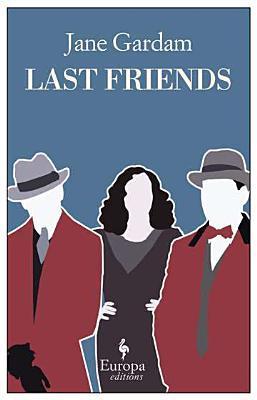What do you think?
Rate this book


205 pages, Paperback
First published April 1, 2013
Edward Feathers, a.k.a. Old Filth, the New York Times wrote, “he belongs in the Dickensian pantheon of memorable characters.” Filth, which stands for Failed in London Try Hong Kong, is a successful barrister who has spent most of his career practicing law in Southeast Asia..."The narrative is carried by different role players, bringing their own perspectives and detail to the life of two people who glued them all together in some or other relationship. Not all of them thought they were friends, yet destiny had other plans for them. They eventually realized that they were not just bystanders in each other's lives anymore. Time was against them.
 The cunning plan is that when a sufficient gap has arisen so that I have forgotten most, which seems to take less time all the time, I shall re-read this trilogy through, coupled with the short stories, in succession and as close together as an acid treated Tawantinsuyu era Cusco wall
The cunning plan is that when a sufficient gap has arisen so that I have forgotten most, which seems to take less time all the time, I shall re-read this trilogy through, coupled with the short stories, in succession and as close together as an acid treated Tawantinsuyu era Cusco wall